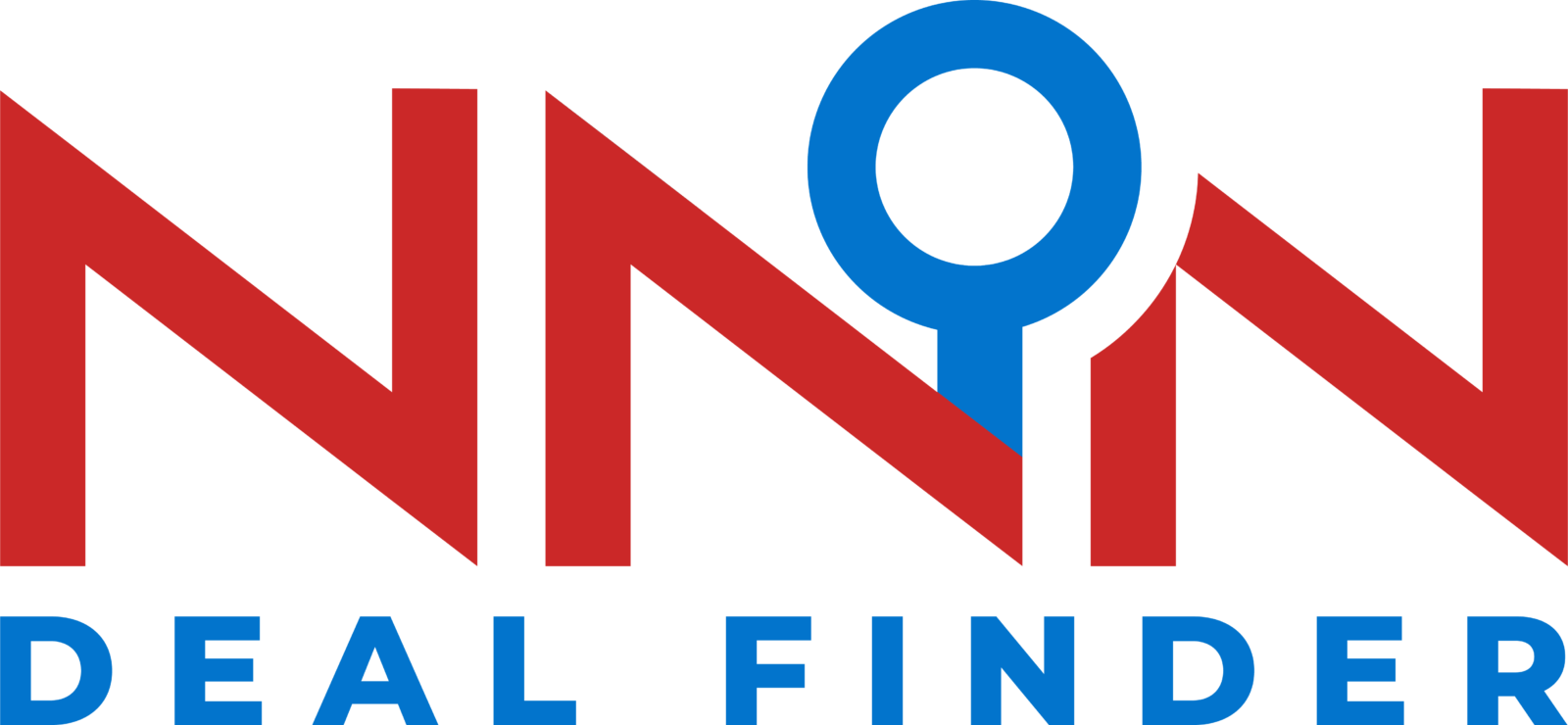The strategic utilization of tax-free investments stands as a tried and tested method for long-term wealth growth. Unleashing the power of tax-free investment vehicles not only shields your earnings from taxation but also lays the groundwork for a secure and flourishing financial future. As individuals navigate investment opportunities, the imperative of making tax-conscious choices becomes increasingly apparent. In this comprehensive guide, we will discuss everything about tax-free investing, offering insights into diverse avenues that pave the way for sustained and tax-efficient wealth accumulation.
From the stalwart Municipal Bonds to the dynamic landscape of Roth IRAs, we will explore the spectrum of possibilities that cater to individuals seeking enduring growth without the encumbrance of taxes.
This article aims to demystify the often complex world of income limits, providing clarity on the eligibility criteria for these tax-advantaged vehicles. Moreover, we’ll unveil strategies to diversify your tax-free investment portfolio, optimizing growth potential and safeguarding against market volatility.
Tax-Free Investment Options
Understanding the nuances of each option allows investors to tailor their portfolios to match their financial goals and risk tolerance. Diversifying across these tax-free investment vehicles can provide a robust strategy, ensuring a balance between stability and growth in the pursuit of long-term financial success.
1. Municipal Bonds
Issued by state and local governments, municipal bonds stand as enduring fixtures in the domain of tax-free investments. The interest accrued from these bonds is commonly exempt from federal taxes and, in certain instances, state and local taxes. Renowned for their stability, municipal bonds emerge as an appealing choice for investors who prioritize safety and seek tax-free income in their investment endeavors.
2. Health Savings Accounts (HSAs)
HSAs are not just a tool for managing healthcare expenses; they also offer a unique avenue for tax-free investing. Contributions made to an HSA are tax-deductible, and withdrawals for qualified medical expenses are tax-free. Additionally, funds in an HSA can be invested, allowing for potential growth over the long term.
3. Roth IRAs
Roth IRAs are powerful vehicles for tax-free growth. Contributions to Roth IRAs are made with after-tax dollars, but qualified withdrawals, including earnings, are entirely tax-free. This makes Roth IRAs an appealing option for those anticipating higher tax brackets in retirement.
4. 529 Plans
Tailored for education savings, 529 plans provide a tax-advantaged way to invest for future educational expenses. While contributions are not federally tax-deductible, the earnings in a 529 plan grow tax-free, and withdrawals for qualified education expenses are also tax-free.
5. Tax-Free Municipal Bond Funds
For those seeking a diversified approach to municipal bonds, tax-free municipal bond funds offer a solution. These funds pool resources from multiple investors to invest in a variety of municipal bonds. The interest income generated by the fund is typically exempt from federal taxes and, in some cases, state and local taxes.

More on Roth IRAs
Introduced in 1997, the Roth IRA has since become a powerful choice for individuals seeking a tax-efficient avenue to grow their wealth. Unlike traditional IRAs, Roth IRAs offer a unique set of advantages that make them a compelling choice for those looking to secure tax-free income during retirement.
The primary distinction between Roth IRAs and their traditional counterparts lies in the tax treatment of contributions and withdrawals. While traditional IRAs allow pre-tax contributions that are deductible, Roth IRAs operate on a post-tax contribution basis. This means that contributions to Roth IRAs are made with after-tax dollars, offering a potential tax advantage in the future.
For a detailed analysis of how capital gains taxes may impact your Roth IRA, consider exploring our article on Analyzing Capital Gains Tax for Roth IRAs. This resource delves deeper into the nuances of capital gains within the context of Roth IRAs.
Advantages of Roth IRAs for Tax-Free Investing
Roth IRAs play a pivotal role in tax-free investing strategies, paving the way for a financially secure and tax-efficient retirement.
1. Tax-Free Withdrawals in Retirement
One of the hallmark advantages of Roth IRAs is the tax-free nature of qualified withdrawals in retirement. Earnings and contributions can be withdrawn without incurring federal income tax, providing a valuable source of tax-free income during retirement.
2. No Required Minimum Distributions (RMDs)
Unlike their traditional counterparts, Roth IRAs offer the flexibility of not requiring mandatory minimum distributions (RMDs) throughout the account holder’s lifetime. This adaptability fosters continuous tax-free growth of investments, making Roth IRAs an attractive choice for those looking to preserve and extend the lifespan of their retirement savings.
3. Flexibility in Contributions and Withdrawals
Roth IRAs offer flexibility in both contributions and withdrawals. Contributions can be withdrawn at any time without penalty, providing a level of liquidity that adds versatility to financial planning. Additionally, the absence of penalties for early withdrawals of contributions enhances the appeal of Roth IRAs as a multi-faceted financial tool.
Income Limits and Restrictions
While Roth IRAs offer compelling advantages for tax-free investing, eligibility hinges on an individual’s income. Understand the income limits set by the IRS to ascertain whether one qualifies for the benefits that Roth IRAs bring to the table. As of the current tax year, these limits dictate who can contribute to a Roth IRA, emphasizing the importance of strategic financial planning.
Roth IRAs come with specific rules regarding contributions and withdrawals to ensure the integrity of the tax-free benefits. Contribution limits, determined by factors such as age and filing status, necessitate a nuanced approach to maximize the advantages of tax-free growth. Additionally, understanding withdrawal rules is paramount, as early withdrawals of earnings may incur taxes and penalties.
For high-income earners who may find themselves restricted by Roth IRA income limits, exploring alternative tax-free investment options becomes imperative. While Roth IRAs have income thresholds, other vehicles such as Health Savings Accounts (HSAs), taxable municipal bonds, and certain life insurance strategies may offer avenues for tax-free growth without the same income constraints. These alternatives enable high-income individuals to build tax-efficient portfolios tailored to their financial objectives.
Diversification Strategies

Diversification is a fundamental principle of sound investment strategy, and it holds equal importance in the realm of investing tax-free. The essence of diversification lies in spreading investments across different asset classes and vehicles, mitigating risk and enhancing the potential for long-term growth. In the context of tax-free investments, a well-diversified portfolio not only safeguards against market volatility but also optimizes the chances of capitalizing on various growth opportunities.
Diversifying a tax-free investment portfolio is not solely about shielding assets from potential losses. It is a strategic approach that seeks to balance risk and reward, ensuring that the overall portfolio remains resilient in diverse market conditions. By incorporating a variety of assets, investors can create a more stable and sustainable foundation for their tax-free growth journey.
Asset Allocation Strategies for Tax-Free Growth
1. Equities and Stocks
Including equities and stocks in a tax-free investment portfolio can be a powerful strategy for long-term growth. While the stock market can be volatile, historically, it has demonstrated strong returns over the long term. Choosing a mix of large-cap and growth stocks can add dynamism to the portfolio, potentially maximizing tax-free gains.
2. Real Estate Investment Trusts (REITs)
Real Estate Investment Trusts (REITs) offer exposure to the real estate market, a unique asset class that can enhance diversification. REITs typically distribute a significant portion of their income as dividends, and the dividends paid by REITs often qualify for favorable tax treatment. Including REITs in a tax-free portfolio can provide a steady income stream while benefiting from potential appreciation.
3. Diversifying Across Tax-Free Investment Vehicles
Beyond diversifying within asset classes, spreading investments across different tax-free vehicles adds an extra layer of resilience. Combining instruments like municipal bonds, Health Savings Accounts (HSAs), Roth IRAs, and 529 Plans allows investors to capitalize on the unique advantages each vehicle offers. This approach ensures a holistic strategy that leverages the strengths of various tax-free options.
Maximizing Growth Potential
Maximizing growth potential requires a combination of disciplined strategies, adaptability, and leveraging expertise, ultimately positioning investors to navigate the dynamic financial landscape with confidence and resilience.
Smart Investment Strategies for Long-Term Growth
1. Dollar-Cost Averaging
Adopting a methodical investment approach, dollar-cost averaging entails investing a consistent amount at regular intervals, irrespective of market fluctuations. This strategy mitigates the effects of market volatility, enabling investors to acquire more shares when prices are low and fewer shares when prices are high. Through this systematic approach, the average cost per share over time tends to decrease, presenting the potential to optimize returns in the long term.
2. Reinvesting Dividends
Reinvesting dividends is a straightforward yet powerful strategy for enhancing long-term growth. Instead of receiving dividend payouts in cash, investors can choose to reinvest these earnings back into the portfolio. By doing so, investors capitalize on the power of compounding, as both the initial investment and the reinvested dividends generate additional returns. This compounding effect can significantly boost the overall growth potential of a tax-free investment portfolio.
3. Regularly Reviewing and Adjusting the Portfolio
Markets evolve, and so should investment portfolios. Regularly reviewing and adjusting the portfolio ensures that it remains aligned with the investor’s financial goals, risk tolerance, and market conditions. Periodic assessments provide the opportunity to rebalance the portfolio, reallocate assets based on changing market dynamics, and introduce new investment opportunities. This proactive approach helps to optimize the portfolio for sustained, tax-efficient growth.
Utilizing Professional Advice and Investment Platforms
While individual investors can make informed decisions, seeking professional advice can provide valuable insights and expertise. Financial advisors can assist in crafting a personalized tax-free investment strategy tailored to an individual’s unique financial situation and goals. Their guidance can help navigate complex financial landscapes, optimize asset allocation, and ensure compliance with tax regulations.
Moreover, utilizing advanced investment platforms can streamline the investment process. Robust platforms offer features such as automated portfolio management, tax-loss harvesting, and real-time performance tracking. Leveraging these tools empowers investors to make data-driven decisions, enhance efficiency, and stay abreast of market trends.
Frequently Asked Questions (FAQ)
Navigating the world of investing tax-free can be a complex endeavor, but understanding key concepts is essential for long-term financial success. Here, we address common queries to provide clarity on various aspects of tax-free investing.
What are some tax-free investment options available to individuals looking for long-term growth?
1. Municipal Bonds
Municipal bonds, issued by local governments, offer tax-free interest income at the federal level and often at the state and local levels. These bonds are known for stability, making them attractive for risk-averse investors seeking tax-free income.
2. Health Savings Accounts
HSAs not only help manage healthcare expenses but also serve as a unique tax-advantaged investment vehicle. Contributions are tax-deductible, and withdrawals for qualified medical expenses are tax-free.
3. Roth IRAs
Roth IRAs are powerful retirement savings tools. Contributions are made with after-tax dollars, but qualified withdrawals, including earnings, are entirely tax-free. This makes Roth IRAs an appealing option for those anticipating higher tax brackets in retirement.
How does a Roth IRA work, and what advantages does it offer for tax-free investing?
Roth IRAs operate on a post-tax contribution basis. Contributions are made with after-tax dollars, and qualified withdrawals in retirement are entirely tax-free. This structure provides flexibility and potential tax advantages, especially for those in higher tax brackets.
Roth IRAs offer tax-free withdrawals in retirement, providing a reliable source of tax-free income. Unlike traditional IRAs, Roth IRAs have no required minimum distributions (RMDs), allowing for more control over the timing and amount of withdrawals. The flexibility extends to contributions, which can be withdrawn at any time without penalties.
Are there any income limits or restrictions associated with tax-free investment vehicles?
Roth IRA eligibility is subject to income limits. These limits vary based on filing status and can impact an individual’s ability to contribute directly to a Roth IRA. Understanding these limits is crucial for effective tax planning.
Tax-free investment vehicles may have specific rules regarding contributions and withdrawals. For example, some accounts may impose penalties for early withdrawals or limit the amount that can be contributed annually.
What strategies can I use to diversify my tax-free investment portfolio and maximize growth potential?
Diversifying across asset classes, such as equities, bonds, and real estate, is key to managing risk and optimizing growth potential. Strategic asset allocation ensures a balanced and resilient portfolio that can weather different market conditions.
Spreading investments across various tax-free vehicles, such as municipal bonds, HSAs, and Roth IRAs, provides an additional layer of diversification. Each investment vehicle has its unique advantages, and combining them strategically can enhance overall portfolio performance.
Can you provide examples of tax-free investment success stories that have led to significant long-term wealth accumulation?
Numerous success stories showcase individuals who strategically leveraged tax-free investments to accumulate substantial wealth. These stories often involve a combination of diversified portfolios, disciplined strategies, and long-term commitment.
Here are a few tax-free investment success stories that have led to significant long-term wealth accumulation:
Peter Thiel’s Roth IRA: Tech mogul Peter Thiel managed to turn a retirement account into a tax-free piggy bank worth $5 billion. By investing wisely and taking advantage of tax loopholes, Thiel was able to accumulate substantial wealth within his tax-free Roth IRA account [ProPublica][NBC News].
Justin McCurry’s Stock Market Success: Justin McCurry strategically invested in stocks while keeping his taxable income low. Through careful planning and smart investment choices, he was able to retire at the age of 33 and build substantial wealth for his future [How Money Walks].
Self-Directed IRA: Numerous individuals have experienced success with self-directed IRAs, where they have complete control over their investment choices. By utilizing this tax-advantaged account, people have built significant wealth and diversified their portfolios according to their own preferences and strategies [Equity Trust].
Conclusion
As you start toward a tax-efficient financial future, remember that knowledge is your most potent asset. Stay informed, adapt to market changes, and leverage the myriad opportunities available. The path to wealth accumulation is as unique as your financial fingerprint, and crafting a strategy that aligns with your goals and risk tolerance is paramount.
In the realm of tax-free investing, consider seeking professional advice to refine your approach. Leverage cutting-edge investment platforms, stay diversified, and explore avenues like NNN Deal Finder. NNN (Triple-Net) properties, known for their stable income and tax advantages, present an opportunity for savvy investors to further bolster their tax-free investment portfolios. Take charge of your financial destiny, embrace the principles unveiled in this guide, and pave the way for a future of tax-efficient, long-term growth.
Invest wisely, diversify strategically, and embark on a journey toward financial success. Explore the possibilities, stay informed, and take advantage of the stability and tax advantages offered by NNN Deal Finder.

